Condensation on old windows
kntryhuman
14 years ago
Related Stories
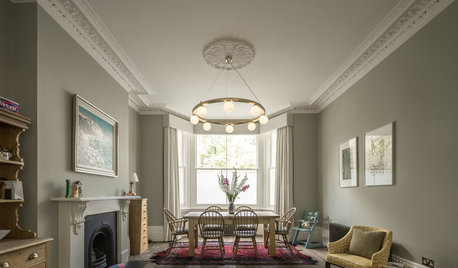
HOMES AROUND THE WORLDHouzz Tour: Light Shines on a Centuries-Old London Home
Old meets new in this striking family home, where 19th-century features combine with dramatic windows and inspired details
Full Story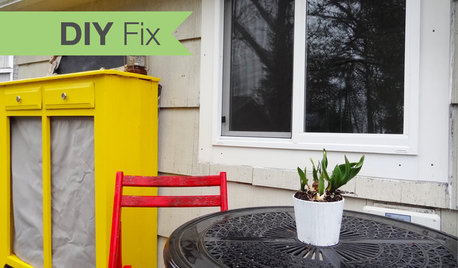
Replace Your Windows and Save Money — a How-to Guide
Reduce drafts to lower heating bills by swapping out old panes for new, in this DIY project for handy homeowners
Full Story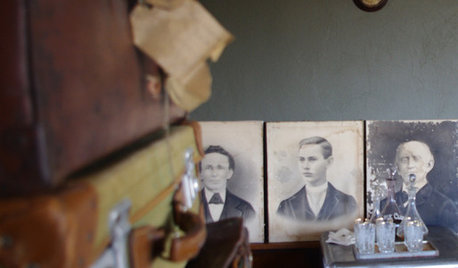
DECORATING PROJECTSWhat to Do With Old Family Photos
Find out how to research, share and preserve images that offer a connection to the past
Full Story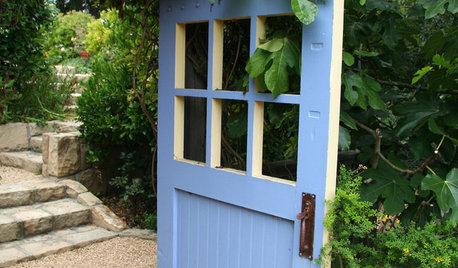
LANDSCAPE DESIGNArtful Salvage: Old Doors Decorate the Garden
In a fence or leading only to imagination, salvaged doors can create lots of intrigue for little cash
Full Story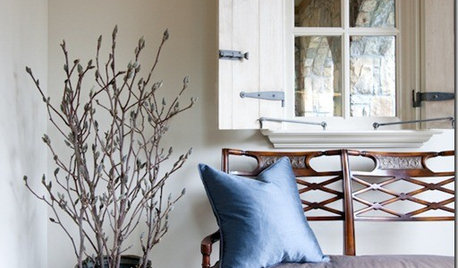
HOUZZ TOURSHouzz Tour: Old World Style Gets an Airy Update
Get Design Inspiration From an Atlanta Home's Layers of Beautiful Detail
Full Story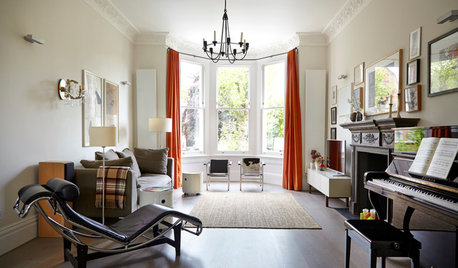
HOMES AROUND THE WORLDHouzz Tour: Easy Mix of Old and New Revives a Family Townhouse
Contemporary furniture and modern fixtures blend with period architecture in this large open-plan home in London
Full Story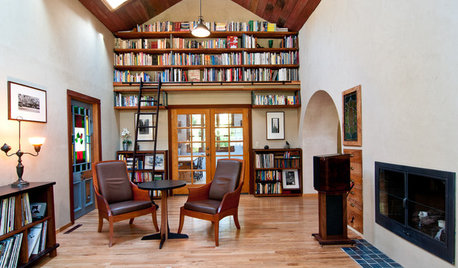
HOUZZ TOURSMy Houzz: Old-World European Flair in Oregon
Custom woodwork, stained glass and Arts and Crafts touches create warm, earthy interiors in a ranch-style home
Full Story
REMODELING GUIDESThe Hidden Problems in Old Houses
Before snatching up an old home, get to know what you’re in for by understanding the potential horrors that lurk below the surface
Full Story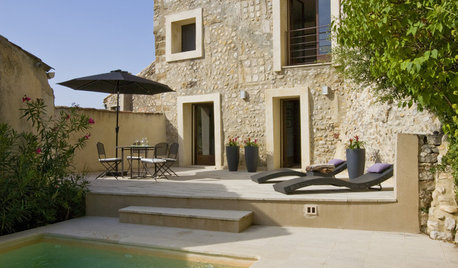
MODERN HOMESHouzz Tour: 800-Year-Old Walls, Modern Interiors in Provence
Old architecture and new additions mix beautifully in a luxurious renovated vacation home
Full StorySponsored
Custom Craftsmanship & Construction Solutions in Franklin County
More Discussions






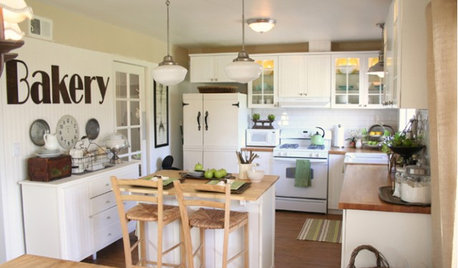
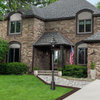
skydawggy
kntryhumanOriginal Author
Related Professionals
Edwardsville Window Contractors · Ocean Pines Window Contractors · Suamico Window Contractors · Fernandina Beach Window Contractors · Hutto Window Contractors · Idylwood Window Contractors · Woodland Hills Window Contractors · Roselle Park Window Contractors · La Habra Interior Designers & Decorators · Bon Air General Contractors · Owosso General Contractors · Spanaway General Contractors · Walker General Contractors · Salisbury Carpenters · Wentzville Carpentersoberon476
kntryhumanOriginal Author
oberon476
kntryhumanOriginal Author
oberon476
kntryhumanOriginal Author
oberon476
kntryhumanOriginal Author